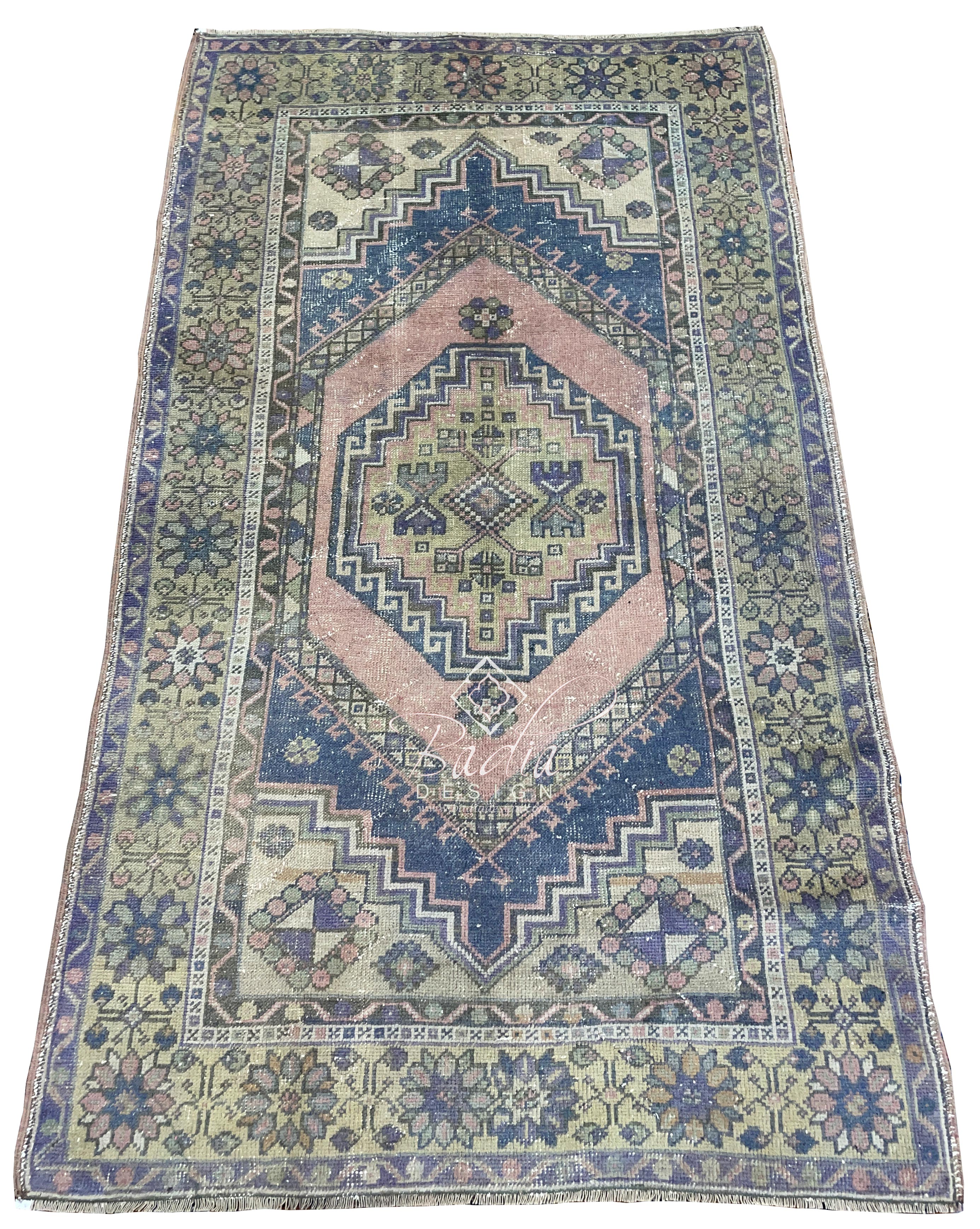African Rug Store Los Angeles
African Rug Store Los Angeles
Blog Article
Moroccan Berber Rugs: A Heritage of Craftsmanship, Culture, and Style
Moroccan Berber Rugs have captivated residents and organizations worldwide with their storied past, meticulous artistry, and unmatched versatility. Whether you are furnishing a cozy living room, a modern office space, or a luxurious hotel, these rugs go beyond practicality to become cultural and artistic masterpieces. In this article, we’ll explore the fascinating history of Moroccan Berber rugs, the detailed artistry involved in their production, their renowned durability, and practical tips for styling them in modern spaces.
The origins of Moroccan Berber rugs can be traced back thousands of years to the indigenous communities of North Africa. These indigenous groups, with their rich cultural heritage, crafted unique weaving methods to meet the demands of their migratory way of life and diverse climates.
The symbols and motifs in these rugs narrate stories that are unique to the tribe or family of origin. These symbols frequently represent themes of safety, growth, or nature, making each rug a highly meaningful creation. Originally, these rugs were crafted for utilitarian purposes, such as providing warmth during harsh winters in the Atlas Mountains or acting as soft bedding in arid desert regions.
During the 20th century, these rugs were introduced to global design by architects such as Le Corbusier and Frank Lloyd Wright, who used them in renowned works. Now, these rugs are prized for their beauty and rich tradition.
These rugs are created using time-honored techniques, preserved over centuries. It represents a perfect blend of ancestral knowledge and artistic skill.
Berber rugs are typically crafted from natural materials such as sheep’s wool, camel hair, or even cotton. Wool is especially prized for its luxurious feel, resilience, and insulating properties. The wool is usually spun by hand, resulting in a truly individual finish.
Berber rugs are handwoven on classic frames, a process that can take weeks or even months depending on the size and complexity of the design. The knotting style, from Beni Ourain’s plush textures to Azilal’s tighter weaves, impacts both durability and design.
Natural dyes derived from organic sources are used to create the bold hues found in many Berber rugs. Neutral shades dominate Beni Ourain designs, while brighter Azilal and Boucherouite pieces feature striking colors like red, blue, and yellow.
One of the most celebrated features of Moroccan Berber rugs is their exceptional durability. This makes them a smart choice for both homes and businesses.
Berber rugs owe their longevity to the excellent quality of their natural fibers. Wool’s natural flexibility and resistance to stains make it a ideal choice for lasting rugs.
Taking care of these here rugs is straightforward. Routine vacuuming and periodic professional care can preserve their beauty for decades.
Tips for Styling Moroccan Berber Rugs in Modern Homes
Incorporating Moroccan Berber rugs into contemporary interiors is easier than you might think. Their versatile designs and textures can complement a wide range of styles, from minimalist to bohemian.
1. Create a Focal Point in the Living Room
A large Beni Ourain rug can serve as the focal point of your living area. Its neutral colors and simple geometric patterns can tie together various design elements while adding a sense of warmth and comfort.
2. Add Color to Neutral Spaces
In minimalist or neutral spaces, a colorful Azilal or Boucherouite rug can add a bold, eye-catching accent. They are ideal for subdued settings, acting as the central highlight.
3. Combine Rugs for Depth and Style
To create a warm, layered look, place a smaller Berber rug atop a larger rug made from natural fibers like jute or sisal. This combination not only adds depth and texture but also highlights the intricate details of the Berber design.
4. Elevate the Look of Offices and Workspaces
Moroccan Berber rugs are perfect for adding elegance and warmth to professional spaces, including offices and lounges. Their handmade quality conveys a sense of luxury and authenticity.
5. Use as Wall Art
Some Moroccan Berber rugs are so visually stunning that they deserve to be displayed as art. Displaying a Berber rug on a wall highlights its intricate design and cultural significance.
Reasons to Invest in Moroccan Berber Rugs
For both homeowners and businesses, Moroccan Berber rugs represent a blend of practicality, aesthetics, and cultural significance. These rugs are built to last, and their classic designs remain relevant despite evolving decor trends.
Sustainability and Ethical Production
Many Berber rugs are crafted using eco-friendly and sustainable practices. By investing in these rugs, you’re not only enhancing your space but also supporting traditional artisans and their communities.
Increasing Value Over Time
Vintage or unique Moroccan Berber rugs tend to grow in worth over the years. They are both functional decor and collectible assets.
 Report this page
Report this page